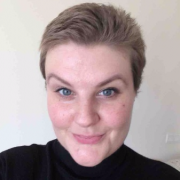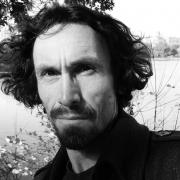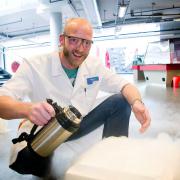Science communication strategies in the post-fact era
When it comes to busting myths and tackling tricky issues, science communicators are armed to the teeth with the necessary tools to inform and educate. Or are they? If science is so great, why do so many pseudoscientists succeed in selling their message? Why are people still listening to anti-vaxxers, climate-change deniers and conspiracy theorists? With our interactive exhibits, pop-up performances, science journalism and more, are we simply preaching to the converted or do we have the capacity to win hearts and minds?
In this session, a science journalist, a scenographer, and a researcher will explore three ways of bending the boundaries of science communication: the pros and cons of simplifying science through exhibition designs; the perks of “selling” science in the current media landscape; and whether personal interactions with science professionals are more important than myth busting itself.
Following a group discussion, participants will be invited to reflect on the relevance of these strategies in relation to their own work and to discuss guiding principles for codes of conduct.
Session speakers
jh Museum & exhibition design
Science simplified: a double-edged sword?
Ignorant is the new expert. At least there is a great confusion of facts, knowledge, experience and ability. Jochen asks if we as museum professionals are part of the problem or part of the solution: we simplify, create safe and prepared environments, sometimes far from reality, and propose to call kids “little scientists”. However, there is still good reason to push low thresholds, learning by doing, DIY and play as an anticipation of our complex reality.
UiT - The Arctic University of Norway & Tromsø University Museum
Can intimacy play a role in building public trust in science? Using Tromsø Univeristy Museum as a case study, Holly will explore the sometimes close and personal interactions that occur between people working in science and members of the public. She shows how open communication, knowledge sharing and intellectual self-disclosure are the building blocks of intimate associations, and argues their relevance for science communication.
Project Manager & Pedagogue
What can teaching STEM to talented and gifted teens teach us about selling science to the public?




